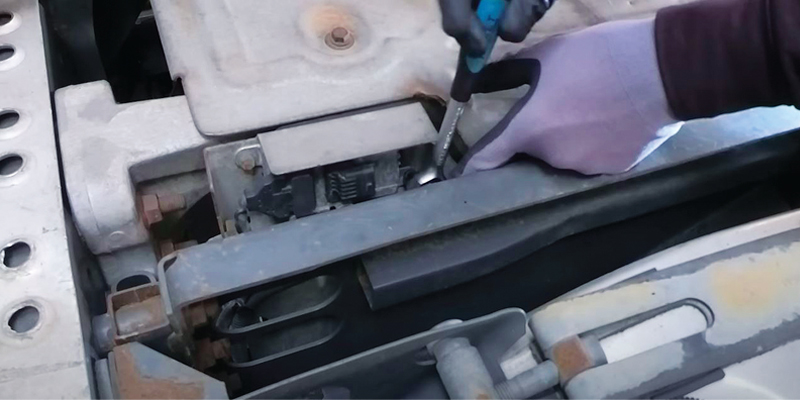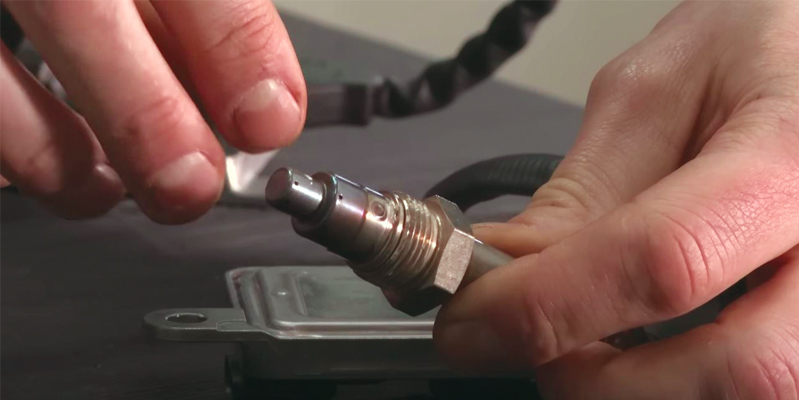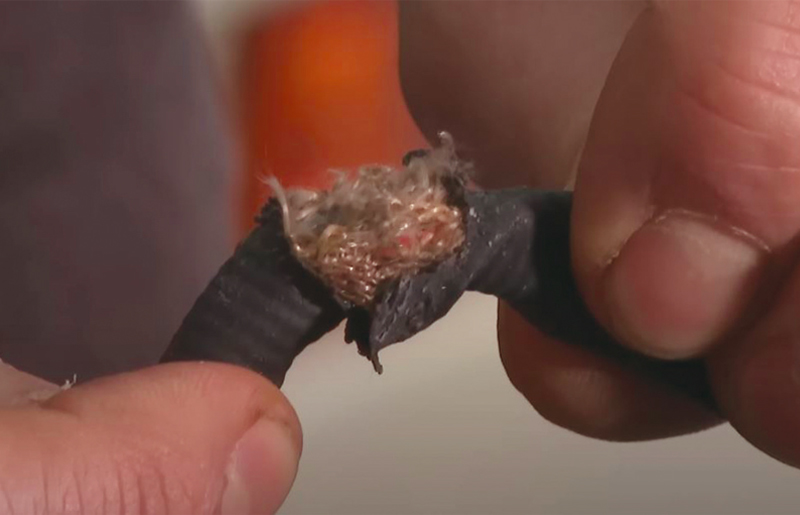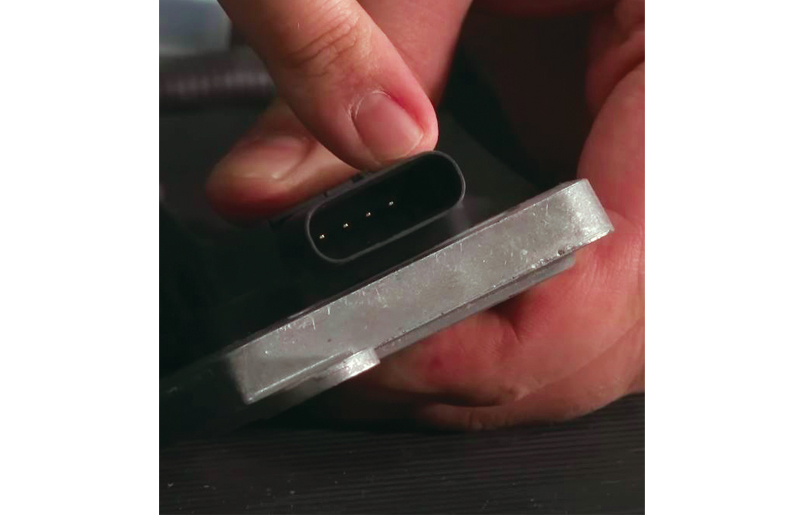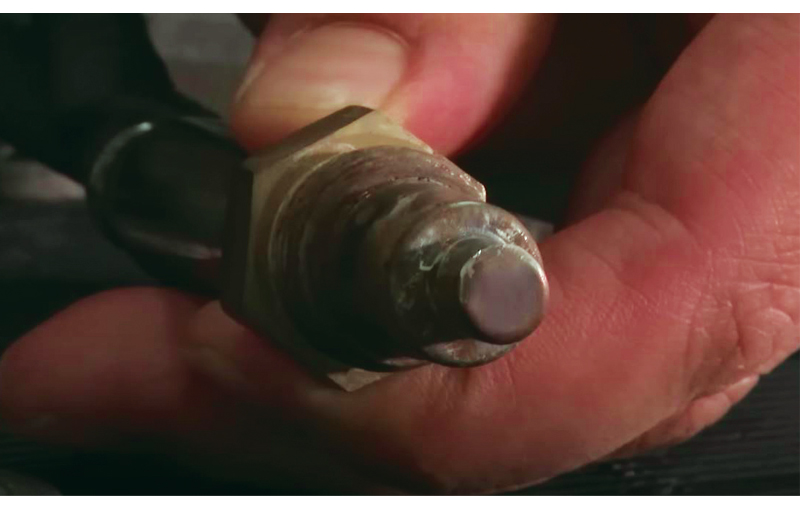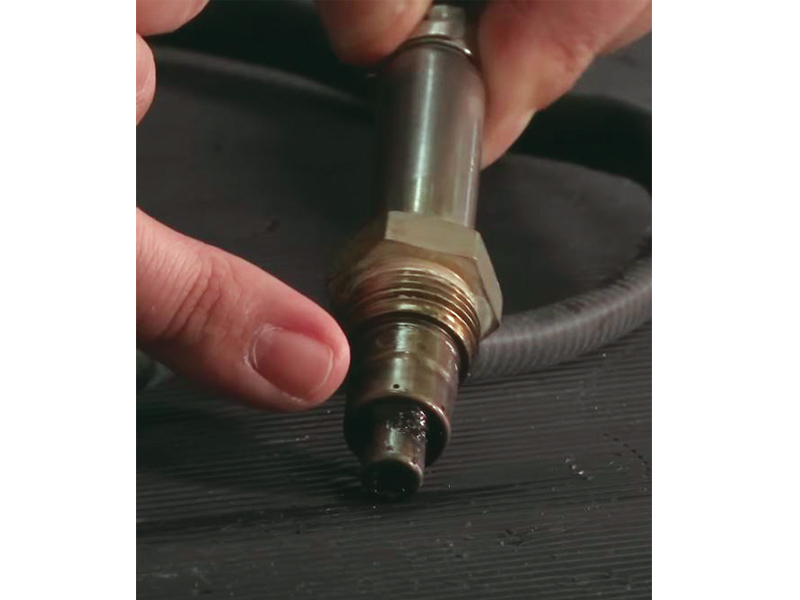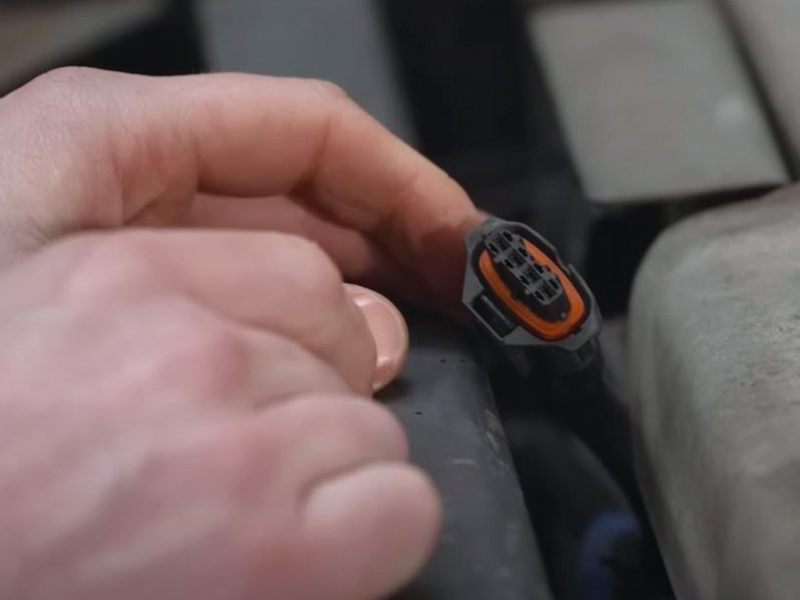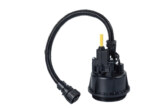
Back by popular demand Diesel Technic’s parts specialists and video stars, Lars and Kevin, tackle a NOx issue on a Renault Trucks Premium and consider what can affect the sensor.
During a main inspection of a Renault Trucks Premium, including an exhaust emission test, the vehicle’s emissions control light flashes. Lars and Kevin carry out further investigation to reveal that the NOx sensor is playing up. According to Lars, this is possibly indicative of a failure in the wiring which is affecting the NOx sensor.
As a first step, the duo check the connector, which does not show any obvious defects such as oxidation. Next Lars checks the PINs of the NOx sensor, which also look flawless. After the cable also shows no chafing or other damage, the pair decide to remove the sensor in order to examine it more closely for possible causes of failure. While Kevin takes care of the sensor, Lars tests the cable with the multimeter. For this, the wiring diagram is needed – unless it is a newer vehicle. In that case, one is partially guided through the test. When measuring, one PIN is connected to the control unit, the other PIN is connected to the cable. This way you can check if the wiring harness is defective and so causing communication problems. Since the sensor is CAN bus controlled, the two CAN lines must also be tested.
The sensor and the cables to the control unit are found to be in good condition on the outside, so the professionals suspect the fault to be inside the NOx sensor and so consider a replacement.
Fault finding tips
The function of the NOx sensor is to measure the nitrogen oxides in the exhaust gas stream. The results are analysed and passed on to the control unit. Furthermore, this sensor regulates the AdBlue injection, ie. the injection of urea into the exhaust gas stream, in order to comply with the EURO5 standard and to avoid environmentally harmful gases. A distinction must be made here between vehicles in which a NOx sensor is installed upstream of the catalytic converter to measure the nitrogen oxides. There are also vehicles with a NOx sensor installed after the catalytic converter. This checks the function of the catalytic converter.
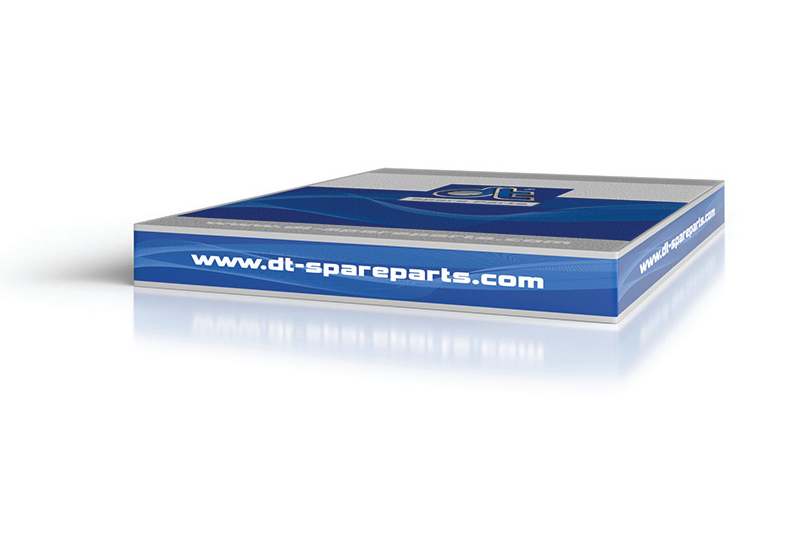
In order to restore the vehicle to full working order, Lars and Kevin install a new NOx sensor. This is followed by the readout of the fault memory and the final exhaust emission test.
To make everyday life easier for others in the workshop, the two have a few practical tips on hand which might be worth considering when faced with similar issues to the above. The biggest problems usually lie in outdated software or in the choice of sensor which is not vehicle-specific. In the latter case, the chassis number is helpful.
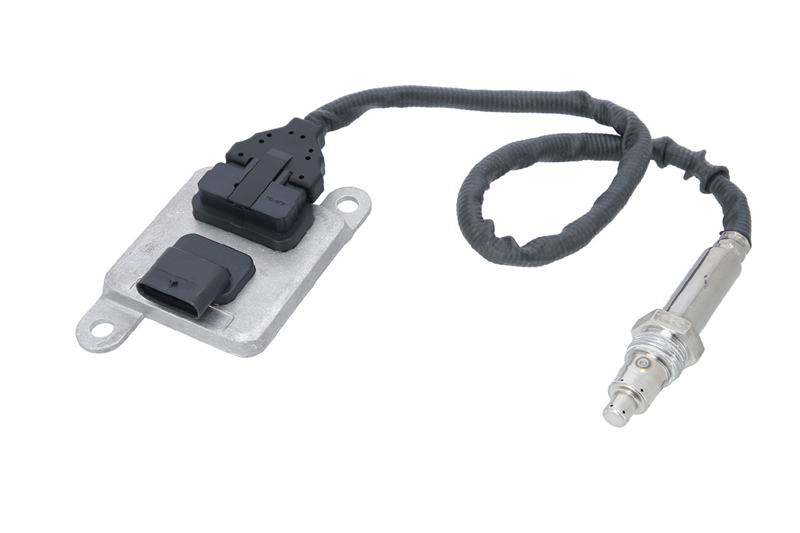
In addition, scorched cables indicate thermal overload. Sufficient cable ties for correct cable routing can help here. A bluish discolouration of the sensor head also indicates thermal overload. Possible causes include problems with combustion or in the exhaust gas flow. AdBlue deposits, on the other hand, often have their origin in a defective metering unit or non-functioning control system. Oil residues on the sensor can possibly be traced back to a defective turbocharger.
Further hints and tips with regard to the NOx sensor can be found in the duo’s workshop video and on the Parts Specialists YouTube channel: psweb.tv.
